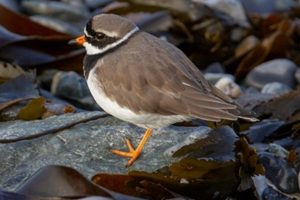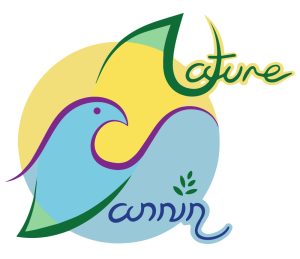We’ve got some amazing news to share with you this week! Thanks to the generous support of Langness Golf Course Ltd and Nature Vannin Ltd, Manx BirdLife has officially acquired over 60 acres of stunning coastal land on the Langness Peninsula.

Why is this so important?
The Langness Peninsula is one of the Isle of Man’s most vital spots for wild birds—whether they’re breeding, migrating, or wintering. It’s a haven for nature, and we’re thrilled to have it as part of our ongoing conservation efforts. The area is already protected by legal designations like Area of Special Scientific Interest (ASSI) status, is recognized as an Important Bird Area (IBA), and is home to the original Isle of Man Wild Bird Sanctuary!
For many bird species, Langness offers the only meaningful coastal habitat on the Island at this scale, featuring a wide variety of environments including coastal grasslands, saltmarshes, mudflats, tidal rock, sand, and marine habitats. The incredible mix of habitats on the Peninsula makes it a true birdwatcher's paradise!
An Important Habitat for Many Species
The Langness, Sandwick, and Derbyhaven area is an absolute hotspot for wild birds—hosting 202 out of the 332 species recorded in the Isle of Man. Some of the highlights include:
68 Schedule 1 species (under the IOM Wildlife Act 1990)
30 of the 48 Red-listed species
19 of the 68 Amber-listed species
Some of the birds you might spot on the Peninsula include Little Egrets, Grey Plovers, Knot, Ruff, and Whimbrels. Langness is also the only place on the Island where the Pale-bellied Brent Goose, which nests in the Canadian High Arctic, can be seen during the winter months. And that's just the beginning—Langness is home to a range of conservation-concern species like Golden Plovers, Teal, and Short-eared Owls. Plus, there have been rare sightings of species like the Temminck’s Stint and Buff-breasted Sandpiper.
A Place of Historical Significance
Langness isn’t just an ecological treasure—it's steeped in history, too. The area features fascinating landmarks like the Herring Tower, the remains of the Langness copper mines, and the double-walled Powder House, which was once used for dynamite storage. It’s a perfect blend of nature and heritage!

A Forever Home for Nature
We are beyond excited to manage this area for nature in perpetuity. This acquisition ensures that Langness will remain a safe sanctuary for birds, plants, and wildlife for generations to come. It’s a significant step forward in our ongoing conservation efforts, and we’re proud to be part of it.
With this new acquisition, Manx BirdLife now manages two of the Island’s most ecologically important areas: Langness (at the southern tip) and the Point of Ayre National Reserve (at the northern tip). Together, these areas will receive the long-term protection and management they deserve, helping wildlife continue to thrive here for years to come.
Going Forward
While we’re incredibly excited about this next step for nature on the Island, it’s important that we take the time to do things right. In the short term, we’ll be consulting with stakeholders and conducting ecological surveys across the area to develop a comprehensive management plan for the area. We also hope to work with the local community and visitors to ensure that activities in the area are compatible with conservation goals and don’t harm the fragile habitats that birds and other wildlife depend on.
We are deeply grateful for the support of Langness Golf Course Ltd and Nature Vannin Ltd for making all of this possible. We look forward to working alongside them, as well as with government agencies, NGOs, and other groups, to continue advancing nature conservation initiatives across the Langness Peninsula.




